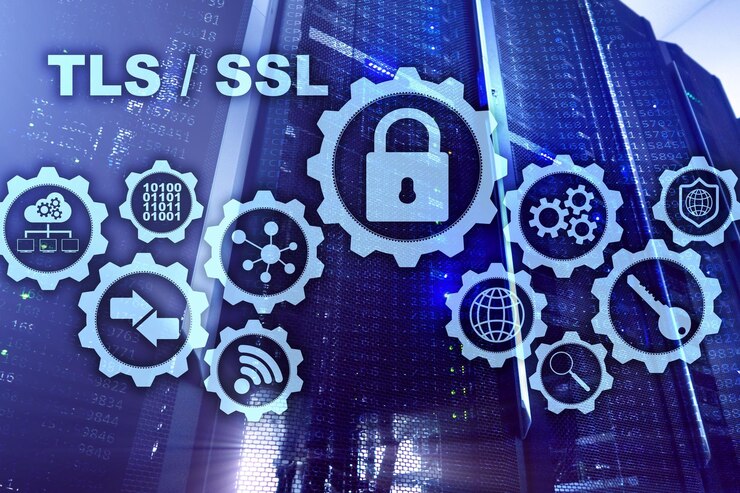In the rapidly evolving landscape of technology and innovation, unique identifiers and cryptographic systems play a crucial role in securing data, enabling complex computations, and driving advancements across various industries. One such identifier that is gaining attention is “Pi123.” Though the term “Pi123” might not be widely recognized, it represents a potential concept or technology with significant implications for modern applications. This article explores the possibilities of Pi123, its potential uses, and how it could revolutionize multiple sectors.
What is Pi123?
Pi123 appears to be a unique identifier or cryptographic concept that might be associated with mathematical or technological systems. While specific details about Pi123 may not be readily available, we can infer that it could be linked to areas like encryption, data security, or complex algorithms, drawing inspiration from the mathematical constant Pi (π), known for its infinite, non-repeating sequence.
The Importance of Unique Identifiers in Modern Technology
Unique identifiers are essential in today’s digital age. They provide a way to distinguish between different entities, whether they are devices, users, or data packets. Identifiers like IP addresses, MAC addresses, and UUIDs (Universally Unique Identifiers) are foundational to networking, software development, and data management. Pi123 could represent a new form of unique identifier, offering enhanced security, efficiency, or computational capabilities.
Potential Applications of Pi123
- Cryptography and Data Security
- If Pi123 is indeed a cryptographic concept, it could play a significant role in enhancing data security. Cryptography relies on complex mathematical algorithms to secure information. The infinite nature of Pi suggests that Pi123 could provide a unique cryptographic key or hashing method that is difficult to predict or replicate, thus enhancing the security of digital communications and data storage.
- Blockchain Technology
- Blockchain relies heavily on unique identifiers and cryptographic principles to ensure the integrity and security of data. Pi123 could be integrated into blockchain systems as a novel method for generating unique transaction IDs, securing wallets, or even creating new consensus algorithms. This could make blockchain systems more secure and efficient.
- Internet of Things (IoT)
- The IoT ecosystem consists of billions of interconnected devices, each requiring unique identifiers for communication and data exchange. Pi123 could be used as a universal identifier for IoT devices, ensuring that each device has a truly unique and secure identity. This would help prevent hacking, spoofing, and unauthorized access to IoT networks.
- Quantum Computing
- Quantum computing is poised to revolutionize computing by performing complex calculations at unprecedented speeds. However, it also poses a threat to current encryption methods. Pi123 might be explored as a quantum-resistant cryptographic technique, providing security in a post-quantum world. If Pi123 can be adapted to quantum environments, it could secure communications and data against quantum attacks.
- Big Data and Machine Learning
- In the realm of big data and machine learning, unique identifiers are crucial for managing vast amounts of data and ensuring accurate results. Pi123 could serve as a novel method for labeling and categorizing data, particularly in scenarios where traditional identifiers fall short. This could enhance the efficiency and accuracy of machine learning algorithms, leading to better predictive models and insights.
Challenges and Considerations
- Scalability
- One of the key challenges with any new identifier or cryptographic system is scalability. As the number of devices, users, and data points continues to grow, any new system like Pi123 must be able to scale efficiently without compromising performance or security.
- Interoperability
- For Pi123 to be widely adopted, it must be compatible with existing systems and standards. This includes working seamlessly with current encryption protocols, networking standards, and software platforms. Ensuring interoperability will be critical to its success.
- Implementation Costs
- Introducing a new system like Pi123 could involve significant costs in terms of research, development, and deployment. Organizations will need to weigh these costs against the potential benefits to determine whether adopting Pi123 is a viable option.
- Security Risks
- While Pi123 could offer enhanced security, it is essential to consider potential risks and vulnerabilities. Any new system must undergo rigorous testing to ensure that it does not introduce unforeseen security flaws or weaknesses.
Future Prospects for Pi123
The potential for Pi123 in modern applications is vast, with opportunities in cryptography, blockchain, IoT, quantum computing, and beyond. As technology continues to evolve, there will be a growing need for innovative solutions that can address the challenges of data security, scalability, and efficiency. Pi123 could be one such solution, offering a new paradigm for unique identifiers and cryptographic systems.
Conclusion
Pi123 represents a concept with significant potential to impact various sectors of technology. While it may still be in the early stages of development or recognition, the possibilities for its application are immense. By exploring the potential uses of Pi123 in cryptography, blockchain, IoT, quantum computing, and more, we can unlock new opportunities for innovation and secure our digital future.
As the world continues to grapple with the challenges of data security and the need for efficient, scalable solutions, concepts like Pi123 will play an increasingly important role. Whether it becomes a cornerstone of modern cryptography or a universal identifier for IoT devices, the journey of Pi123 is one to watch closely.











